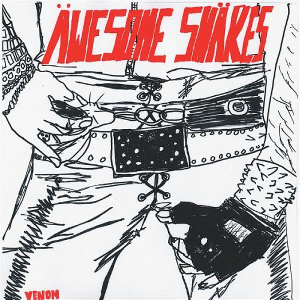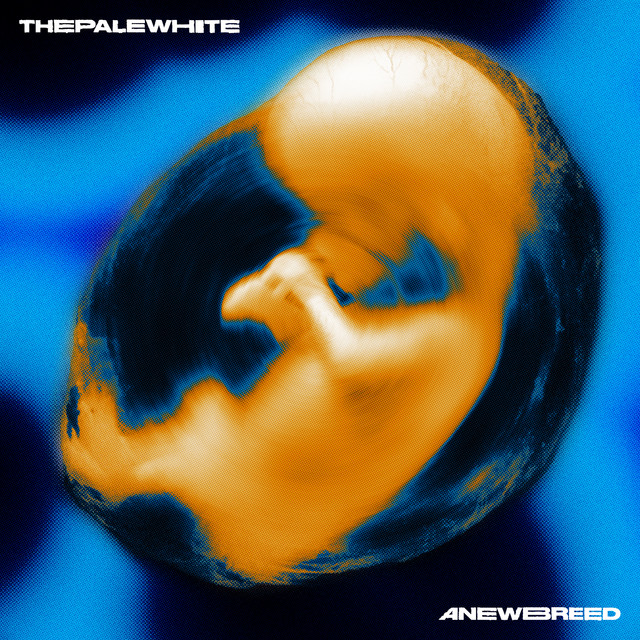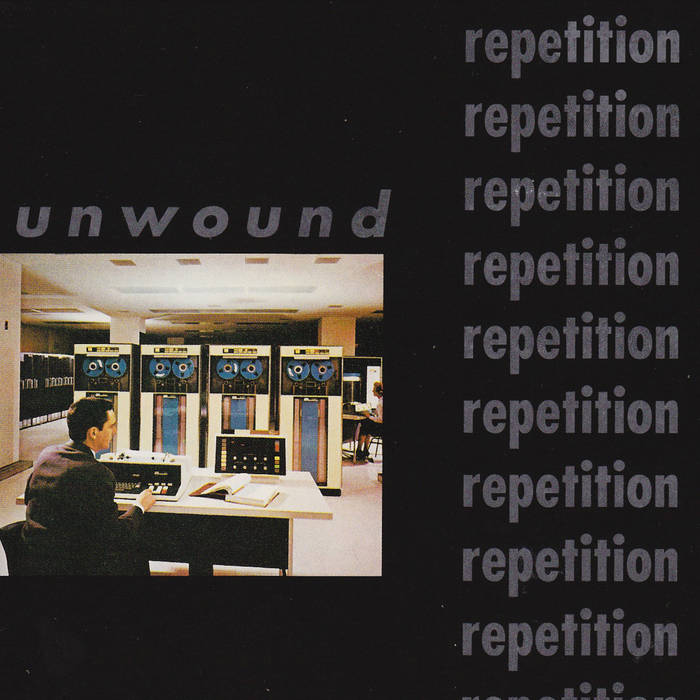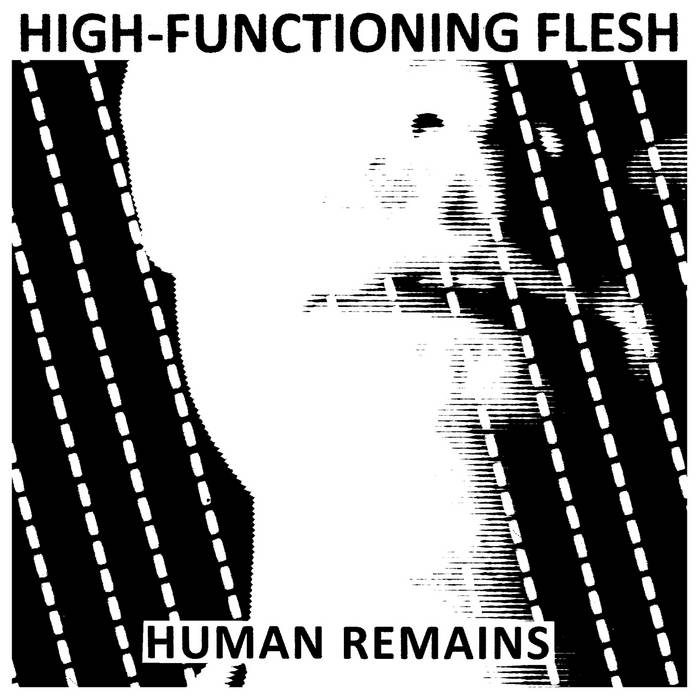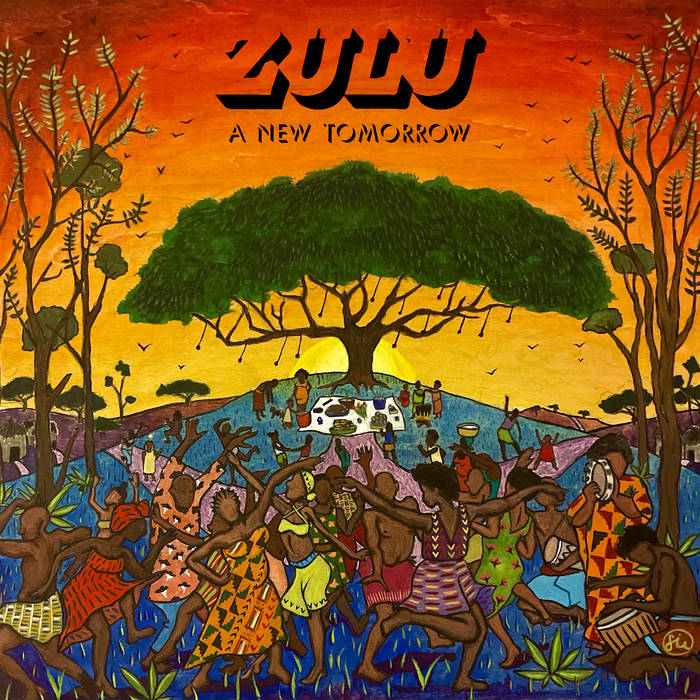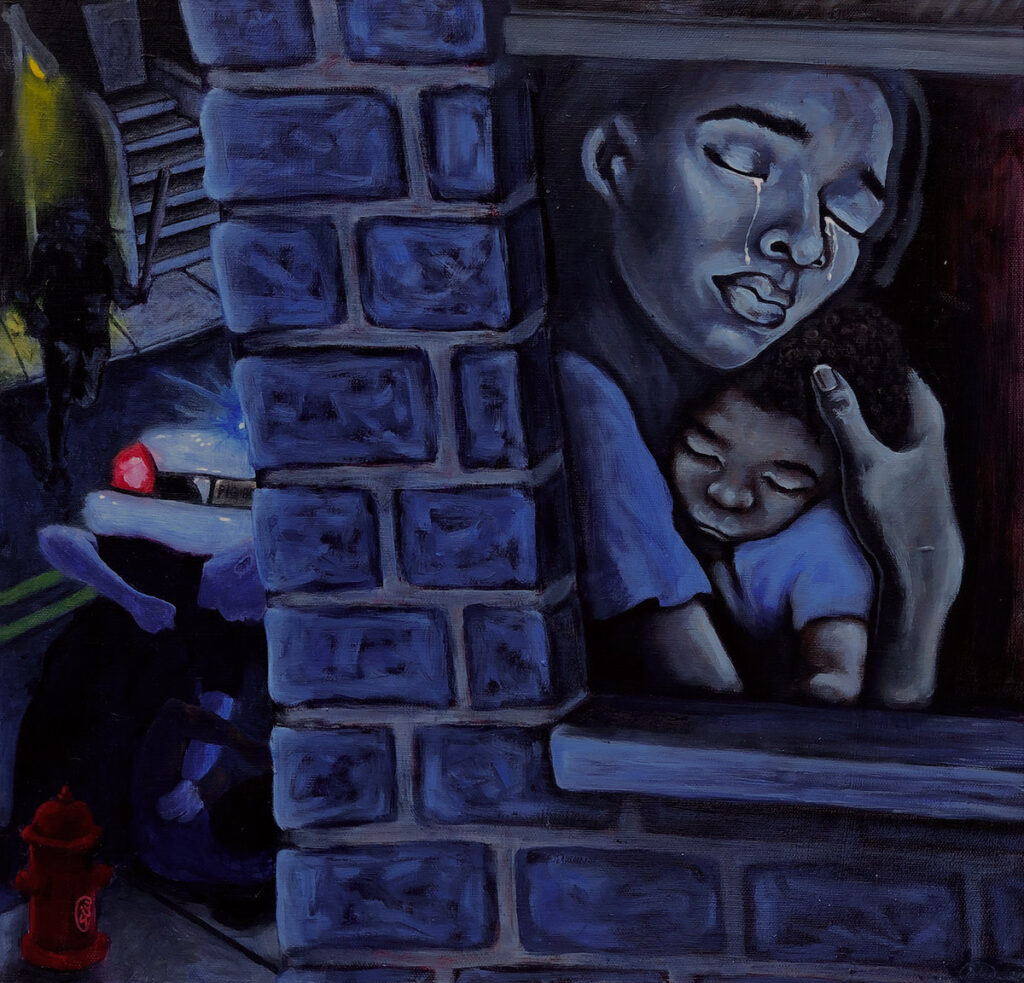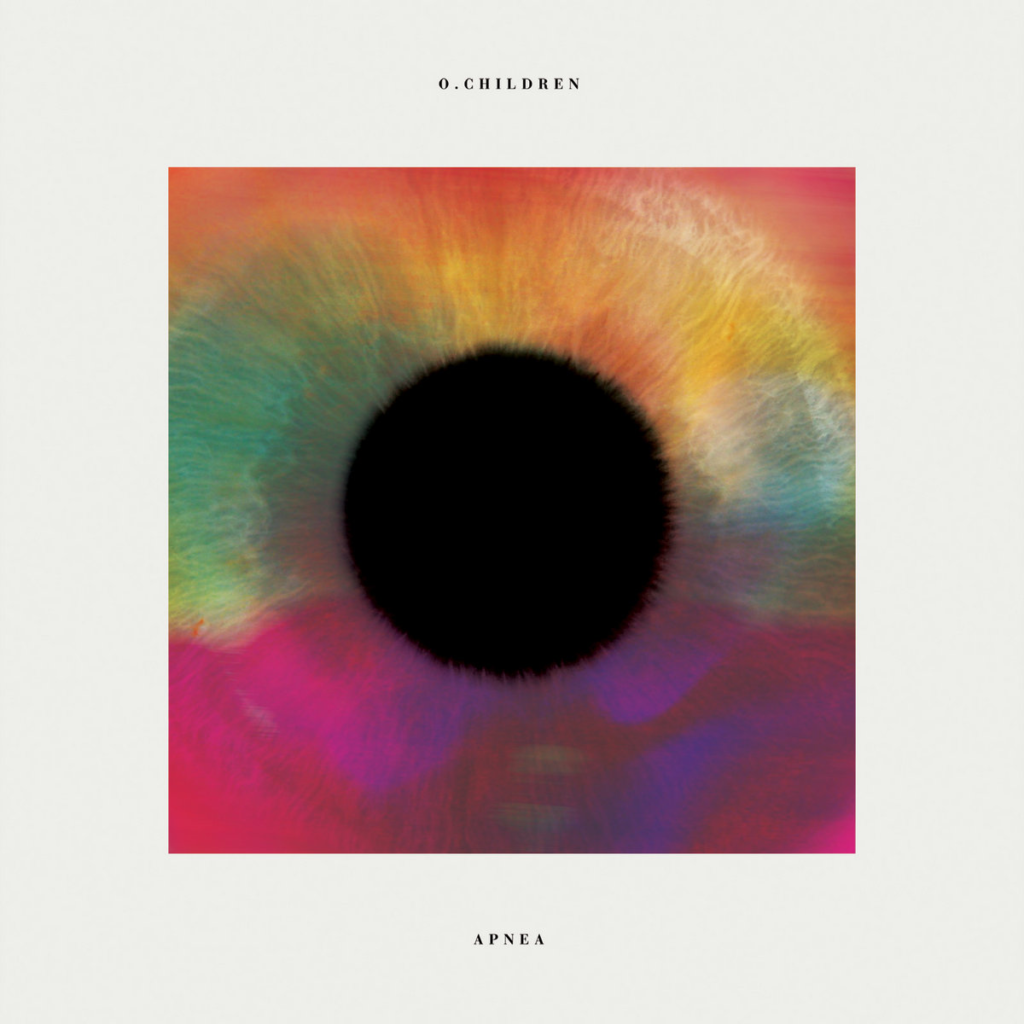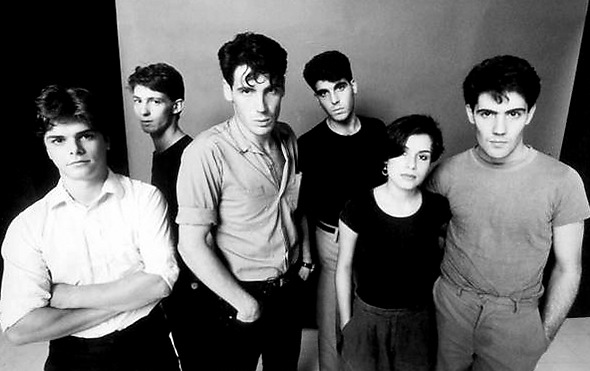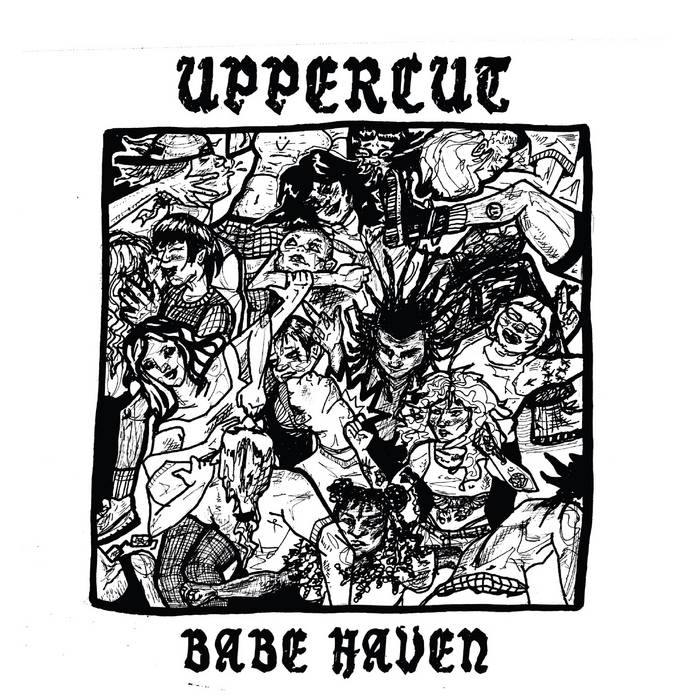Awesome Snakes was the tongue-in-cheek side project of Annie Holoien and Danny Henry of The Soviettes, a Minneapolis pop-punk outfit from the early 2000s.
Described by Holoien as a “f–k-around band,” the group’s iconic sound landed them not just critical reception, but a feature in the 2009 game Skate 2.
“[We] just needed to be a little more free and loose than the Soviettes could be,” Henry said in a 2006 interview with Silver Magazine. “So, we started Awesome Snakes, the idea being that we’d make a sort of jokey-mixed tape only we’d find funny. But we’d have total control.”

The band’s first release, “Awesome Snakes,” came out through the cassette-only label Home Taping Is Killing the Record Industry in 2004. Two years later, the band put out “Venom,” their first and only LP, with Crustacean Records.
Despite the release’s highly focused subject matter, (centering pretty exclusively on “snakes” and/or “things that are awesome”) it was listed in the A.V. Club’s Minneapolis edition of “Best Music of 2006.”
In 2021, the band put out an expanded edition of “Venom” through Stand Up! Records as well as several vinyl pressings.
“At first, we approached them but they said they did only spoken word comedy,” Henry said. “But after seeing our show, they wanted to make a deal.”
“Venom”
Though certainly an accidental success, “Venom” is an objectively good album. Its pop-adjacent, lo-fi take on punk rock is interpersed with improv-like lyrics and incongruous soundbytes from random cassettes, giving it an uncanny multi-dimensionality that calls to mind the romantic eccentricity of 2000s indie films.
“It’s not a conscious way of entertainment,” said Henry. “We just do what we think is funny and good and if other people like it, great.”
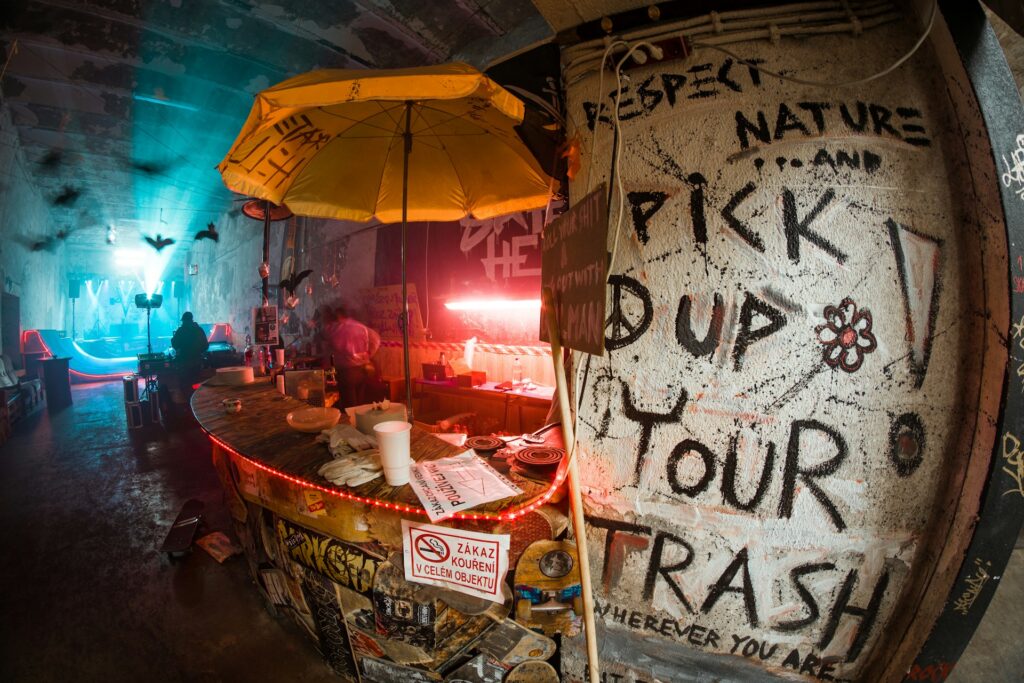
Perhaps it’s this instinctual quality that makes “Venom” such a great release. The album feels like an expertly-executed comedic bit from the punkishly fab cover art to the discography itself, which features song titles like “I Want a Snake,” “Snakes Vs. Jerks,” “1950s UFO Vs. Snakes,” “The Future of the Snake Industry” and several others.
It’s clear from the album’s first track that Holoien and Henry are having an absolute blast.
It’s authentically fun and unintentionally genius. The cheery ebullience of Holoien’s vocals — at times reminiscent of 80s pop — contrast with Henry’s improvisationally unhinged and borderline inebriated spoken word. The lack of diegetic context — the question of why snakes? is never answered — only compounds the album’s bizarro humor.
Final Thoughts
Awesome Snakes is a great band for people who don’t take themselves too seriously.
Their work reminds me of the egg punk genre, though their sound is considerably less distorted or DEVO-esque. The staunch DIY quality of “Venom” is a refreshing return to what makes punk fun: f–ing around until something feels good, and chasing that feeling as far as it will go.
My personal favorite track, “I Want a Snake,” (featured in Skate 2) will live in my brain for years.

